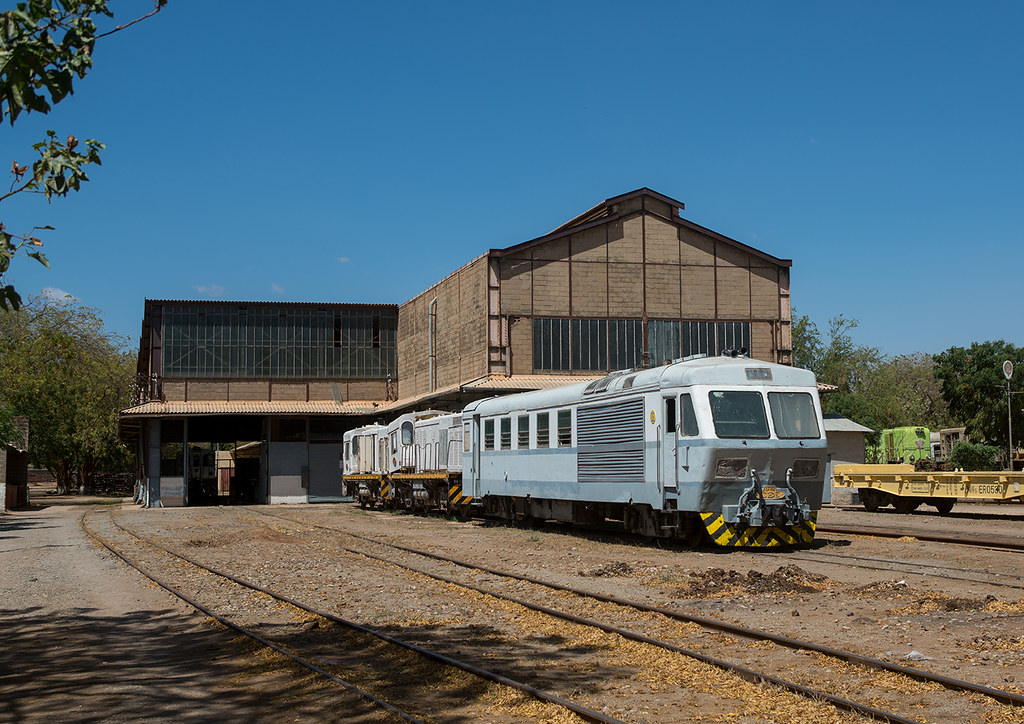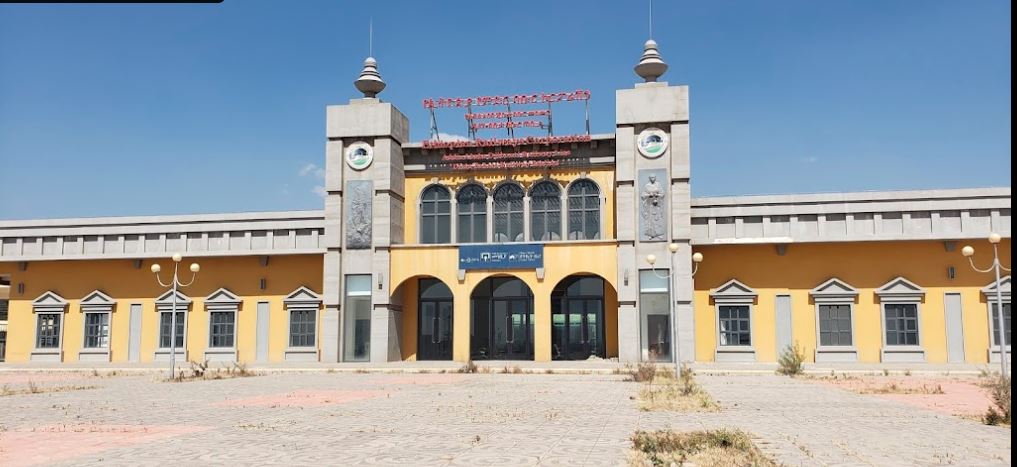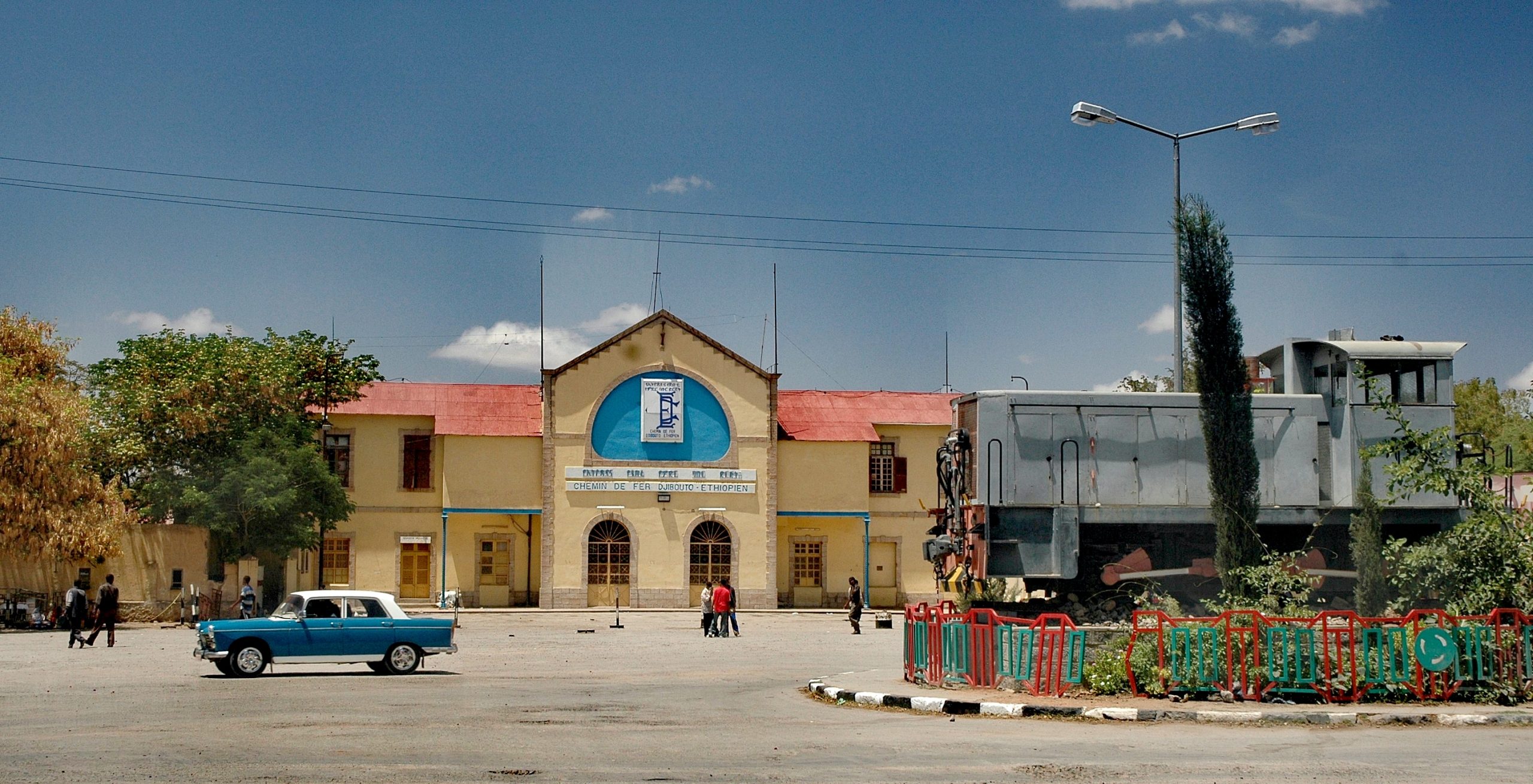Dire Dawa



1. Dire Dawa Railway Station
- Highlights: Built during the early 20th century, this historic railway station is an architectural gem and an important site in Ethiopia’s transportation history.
- What to Do: Visit the station to appreciate its design and learn about the role of the railway in connecting Ethiopia to the outside world.
2. Haramaya Lake
- Highlights: Located a short drive from the city, Haramaya Lake is known for its picturesque scenery and tranquility.
- What to Do: Enjoy birdwatching, picnicking, and relaxing by the lake, or take a boat ride to soak in the natural beauty.
3. Feres Bet (Horse House)
- Highlights: A traditional gathering place for horse riders, this area reflects the equestrian culture of the region.
- What to Do: Observe local horse riders, learn about traditional horsemanship, and enjoy the lively atmosphere.
4. Bale Robe
- Highlights: A nearby town known for its beautiful scenery and access to Bale Mountains National Park.
- What to Do: Use Bale Robe as a base for exploring the park, where you can hike, birdwatch, and experience unique wildlife.
5. Dire Dawa Market
- Highlights: A bustling market that offers a taste of local life, with a variety of goods, from spices to textiles.
- What to Do: Wander through the market, sample local foods, and shop for traditional handicrafts.
6. Cultural Sites
- Highlights: The city is home to various mosques and churches reflecting its diverse religious heritage.
- What to Do: Visit local religious sites to understand the cultural fabric of Dire Dawa and its inhabitants.
7. Gurgura Mountain
- Highlights: A beautiful mountain area located near Dire Dawa, offering scenic views and hiking opportunities.
- What to Do: Take a hike in the surrounding hills and enjoy panoramic views of the region.
8. History and Heritage
- Highlights: Dire Dawa has a rich history influenced by various cultures and ethnic groups.
- What to Do: Visit local museums or historical sites to learn about the city’s past and its role in Ethiopian history.
